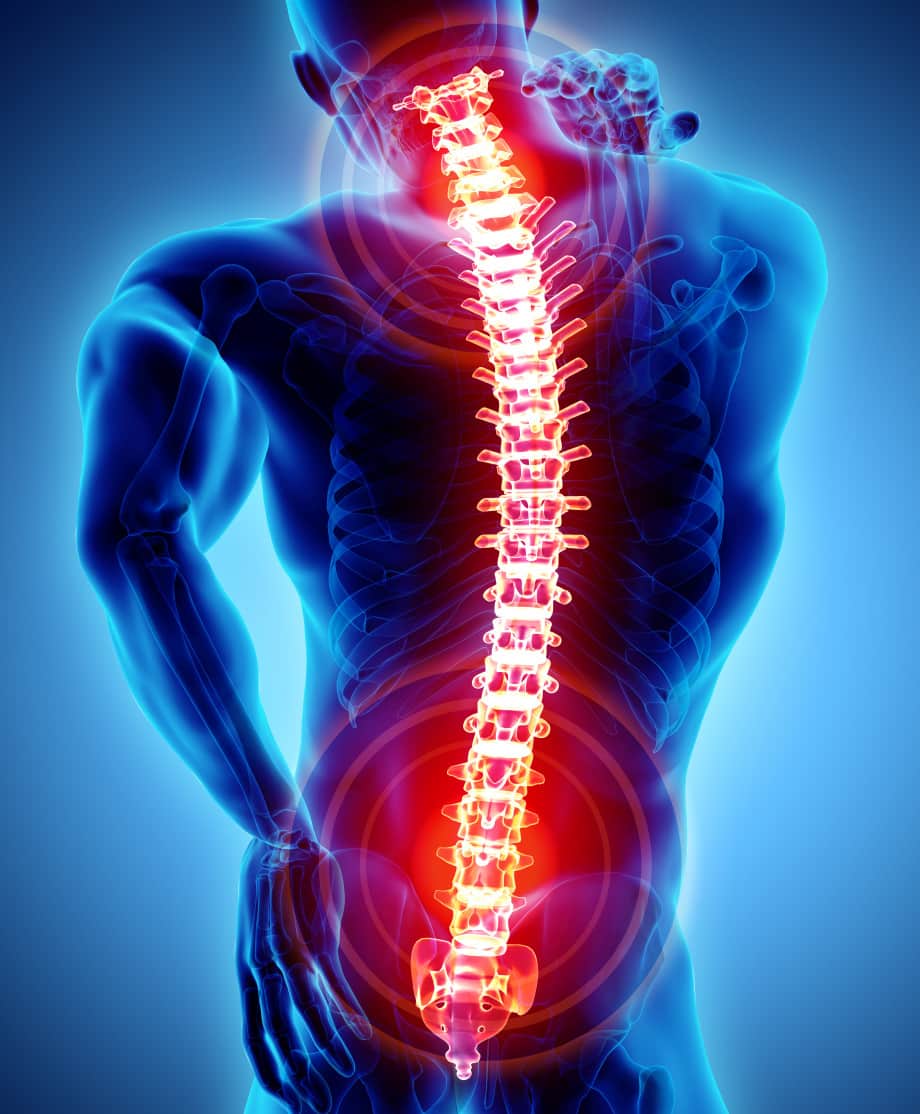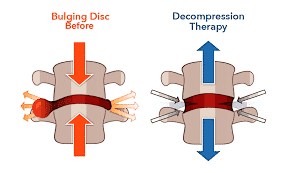Spinal Decompression
Are you suffering from back pain?
The Spine Specialists at MD West ONE can properly diagnose any spinal issues. If you are diagnosed by one of MD West ONE's Board Certified Spine Specialists with the following issues, you may be recommended spinal decompression therapy to help with the problem.
- Bulging Disc
- Herniating Disc
- Slipped Disc
- Degenerative Disc Disease
- Worn Spinal Joints (also known as posterior facet syndrome)

What is spinal decompression therapy?
Spinal decompression therapy can also be achieved through a non-surgical approach by gently stretching the spine. These stretches can help by changing the force and position of the spine, resulting in the change of pressure the spinal disc is receiving and creating negative pressure. This technique also helps take the stress off the affected nerves and other parts of your spine.

What is non-surgical spinal decompression?
Spinal decompression therapy can also be achieved through a non-surgical approach, by gently stretching the spine. These stretches can help by changing the force and position of the spine. Resulting in the change of pressure the spinal disc is receiving, and creating a negative pressure. This technique also helps take pressure off the affected nerves and other parts of your spine.
What is surgical spinal decompression?
Although it is typically a last resort, surgical spinal decompression is one option for treating certain types of back pain. Once other measures are exhausted, your doctor may suggest surgical spinal decompression for bulging or ruptured discs, bony growths, or other spinal problems. Surgery may help relieve symptoms from pressure on the spinal cord or nerves, including pain, numbness, tingling, and weakness.
Some of the most common spinal decompression surgeries performed are:
- Discectomy: A portion of the disc is removed to relieve pressure on nerves.
- Laminotomy or laminectomy: Relieves pressure by removing a small portion of bone to increase the size of the spinal canal.
- Foraminotomy or laminectomy: Bone and other tissue are removed to expand the openings for nerve roots.
- Osteophyte removal: Bony growths are removed.
- Corpectomy: Removal of a vertebral body along with discs between the vertebrae.







